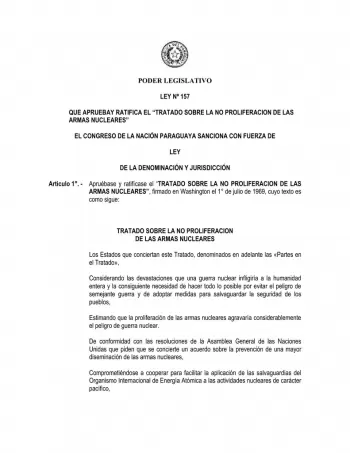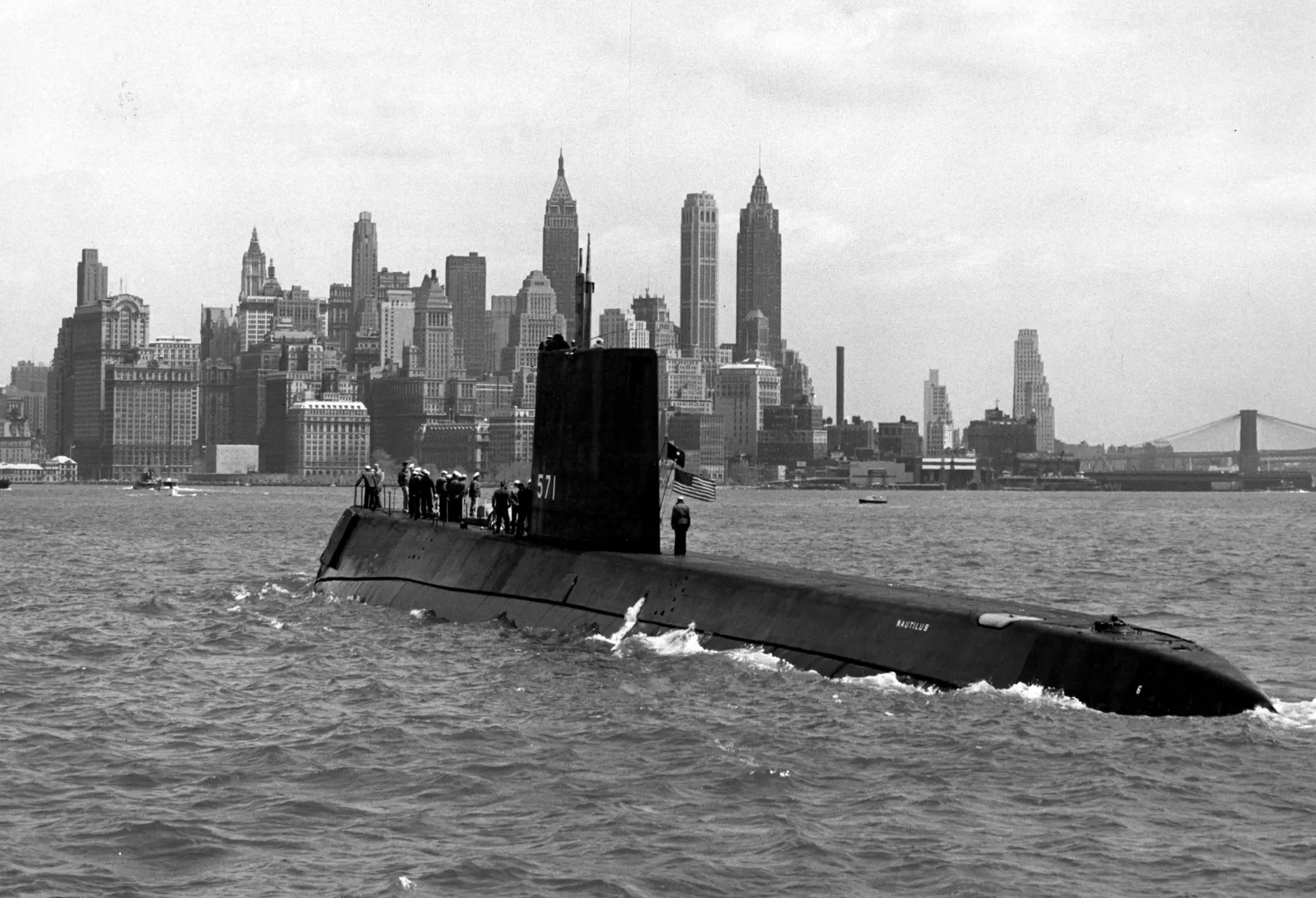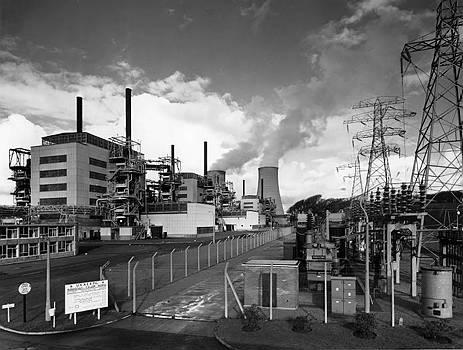
The key moment for the future of the history of nuclear energy appears after the end of World War II. At this time the United States held war supremacy due to its considerable atomic potential. The existing complexity around the war and civil issues of nuclear energy required the establishment of a legal articulation for civil applications in the country, and international regulation at all levels.
Although several international meetings took place, the United States is reluctant to lose his role, and the President Truman stated: "We must constitute ourselves as guardians of this new force to prevent its deadly work and direct it for the good of humanity [...]. "
In 1946 the American plan was presented at the United Nations, consisting of a gradual release of secrets, factories and atomic bombs in exchange for international control and inspection.
The former Soviet Union did not agree this control, and the representative Andrei Gromyko presented a counterproposal in which the construction of atomic weapons was prohibited and the elimination of existing short term was required. After several years of negotiations, the first nuclear non-proliferation plan became a failure.
The Marshall Plan
In June 1947, the Marshall Plan was born as an financial support initiative within the United States policy of containment of Soviet control. The states of Central and Eastern Europe were subjected to Marchal Plan, behind what "iron curtain" was called. This plan was the historical shutter of the Cold War in which different clashes between the two superpowers ensued.

Years later, the United States built several plutonium reactors. In 1953 became operational prototype on ground of the Nautilus reactor, the first nuclear submarine.
The first Soviet atomic bomb
These events emphasized the tense situation caused by the explosion of the Soviet H Bomb. The idea for this atomic bomb was a large cylindrical container with the atomic bomb at one end and the hydrogen fuel in the other. The outbreak of the atomic bomb would provide an amount of radiation sufficient to compress and ignite the hydrogen pressure.
After the preliminary schemes of 1951, the atomic bomb was ready in early 1952, so that in November 1951 was tested by spraying Elugelab Island in the Pacific Ocean. Its power was found to be 700 times higher that of Hiroshima atomic bomb.
The 8th of December 1953, the United States decided to go to the United Nations to denounce the balance of terror in the world's population, warning that if America was attacked with nuclear weapons, the answer would be to destroy the attacker immediately.
The use of nuclear energy for peaceful purposes
In order to ease this situation, different international technical conferences about the peaceful uses of nuclear energy were organized. This time, the talks between developed countries with significant nuclear potential was a complete success.
Taking advantage of the new situation, the American President Eisenhower exhibited at the United Nations his international cooperation program "Atoms for Peace". From this program, a number of scientific and technological knowledge were released, allowing the subsequent commercial exploitation of nuclear energy.
The speech, which in December 2013 turned 60, and was delivered at a time of cold war, proposed an agreement among the major powers to halt and reverse the manufacture of nuclear weapons and comunicate all mankind the knowledge and material resources, especially nuclear fuel for peaceful purposes.
Furthermore, the creation of international organizations is encouraged as the International Atomic Energy Agency (IAEA) in 1957, based in Vienna, and the Nuclear Energy Agency (NEA) integrated into the Organization for Economic Cooperation and Development (OECD ), based in Paris.
However, countries like the UK and the former Soviet Union begun his research involved in commercial deployment of nuclear energy.

In 1956, the British opened the first nuclear power station in the history in Calder Hall, giving rise to a series of reactors known as graphite-gas.
In 1963, General Electric was commissioned to build a strictly commercial boiling water plant (Oyster Creek I), as the beginning of the avalanche of requests for building nuclear power plants, factories fuel elements, and research methods of storage and small reprocessing plants.
Definitive Nuclear Nonproliferation Treaty
In 1967, the IAEA organized a group analysis of all technical problems that could contain a Nuclear Non-Proliferation Treaty, which would take effect in 1972. It would be the most important agreement in the history of nuclear energy in terms of its peaceful use.
The signatories agreed not to transfer nuclear weapons or work for manufacturing, and undertook to establish the safeguards necessary for compliance.
Safeguards systems, worldwide, were:
- Antarctic Treaty: signed at Washington by 37 countries, in which the use of this forbidden territory for nuclear explosions and / or disposal of radioactive waste.
- Ban Treaty Nuclear Weapons Tests in the atmosphere and in outer space and underwater: signed in Moscow in 1963, acting as repositories United States, the former USSR and the UK.
- Treaty "Principles Governing the Activities of States in the exploration of outer space" includes the Moon and other celestial bodies, and was signed in October 1967, acting as repositories United States, the former USSR and the United Kingdom, pledging to not place objects with nuclear weapons in Earth orbit or outer space.
- Ban Treaty Nuclear Weapons in Latin America: Mexico, signed in 1967.
- Nuclear Nonproliferation Treaty: in force since 1972 and extended in 1995 with the United Kingdom, United States and the former USSR as depositories.
The development of nuclear energy was promoted at all times by the interest aroused about the production of electricity using this source of energy. Throughout the 60s and 70s, several nuclear programs were initiated in different countries.